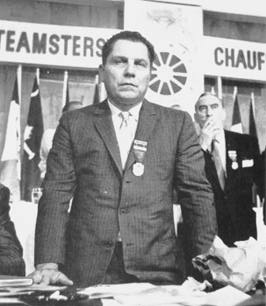
Since unions do not thrive in efficient and effective environments, as such a workplace is not conducive to their funding, the UAW and Teamsters would become one of the biggest hurdles Detroit faced in upgrading to compete in the 21st century.
One major hurdle facing the Big 3 is the simple fact that they pay nearly 3 times as much in wages to their employees than the foreign automakers.
Because all Big 3 autoworkers are victims of the union rackets, the Big 3 had no choice but to continue paying off the collectors from the unions “for protection” from strikes and shutdowns.
In addition to the $80 per hour wage of an average union auto employee, the unions also demanded that the Big 3 provide extremely generous benefits, such as full medical coverage and a requirement that the Big 3 had to pay all laid-off union members up to 80% of their full employment wages while idle.
Of course, once the huge pensions and benefits enjoyed by union members are added to this mix, you have a recipe for disaster.
These unsustainable costs to the auto makers, when added to the overbearing benefits to the unions, have essentially priced Detroit’s vehicles out of the market.
The high costs of paying the artificial wages and benefits “protection” demanded by the unions have almost destroyed the City of Detroit and, to a larger extent, the economy.

http://www.examiner.com/article/unions-destroyed-u-s-auto-industry
